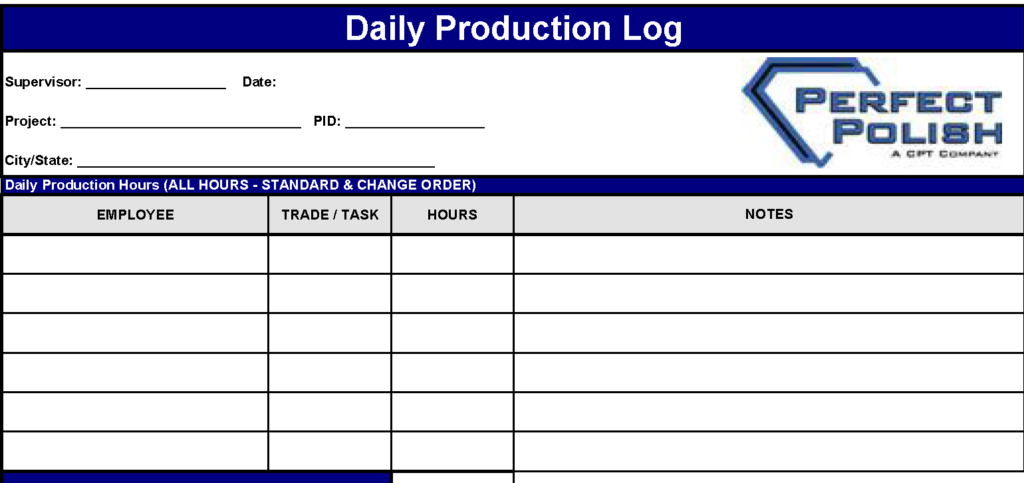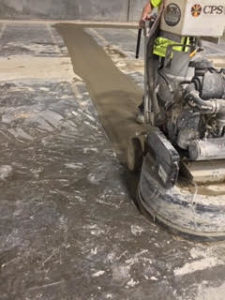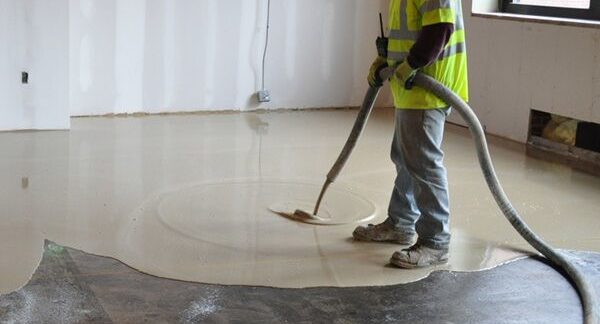Good Reporting = Project Success
Build a habit of reporting on your projects to protect your profit.

Establishing documentation habits isn’t always the easiest thing to do, especially when the focus on-site is on safety, quality, and schedule. For subcontractors, documenting your work accurately, daily, is a key to overall project success, whether working with Perfect Polish or on your own.
- Building effective reporting habits in your crew protects your profit
- Good reporting and documentation protects your company from risk
- Proper reporting practices create an undeniable record of your project work completed and work in progress
- Accurate reporting can help you improve efficiency, processes, and scale staffing
- Pictures are worth a thousand words
Documentation protects your company from risk. We ask subcontractors to submit daily field reports on each project, daily. Reports that are properly completed and submitted with photos are logged by the day the work is performed, providing proof of work complete.
These help show not only due diligence, but create a record of what work was performed when, and where, should there be any question from a general contractor. Documentation also provides important production information.
Production rates, tooling usage, and labor efficiency are all reflected in accurate reporting. Over time, this allows you to find ways to improve production and efficiency, as well as more effectively price and bid other projects.
What Info should a Field Report Capture?
- A description of work completed, broken out by square footage, scope, and area of work.
- The number of crew members working on-site
The date and hours work was completed - Any pertinent on-site information, including any potential project issues, like questions or concerns, potential bottlenecks, and any other information on what was completed.
What documentation should you be completing daily? And what documentation is required on most job sites?

Documentation requirements will vary from general contractor to general contractor, so refer to your contract and any additional documents provided to be sure to capture all reporting required. On every Perfect Polish project, we request that subcontractors send over a detailed Daily Field Report, Photo Log, and any other notes or important information about the project each day on the job.
In addition, it is critical to know where your OSHA required documentation is located onsite. Be sure you have access to OSHA’s silica rule, have an up-to-date Silica Reponse Plan, Competent Person Form, as well as required SDS & TDS, and any other safety related information.
Some projects also require daily Jobsite Hazard Analysis, or other safety documentation, like a sign-in sheet for Toolbox Topics or Safety Meetings. On Perfect Polish projects, we provide the needed documentation for safety, SDS, and silica control, while asking our subs to provide their daily field reporting & photo logs to our PMs for record-keeping.
Daily
Field
ReportIng
This report contains all pertinent work information from each day of the project.
This includes:
- Name and hours of each crew member
- Scopes in progress, including square footages completed
- Percentage completed overall, and projections of project completion timelines.
- Any additional pertinent site information
- Photographs of work areas, work in progress, and work completed
Safety Documents
Knowing which safety documentation, and what documents you need on-site is also an important factor.
These include:
- Competent Person Form
- SDS Sheets/ Hazard Sheets for all products
- Safety Manual/Program Doc
- OSHA Certification Proof (if applicable)
- Silica Control Plan
- OSHA Silica Rule
- Jobsite Hazard Analysis (if applicable)
- Toolbox Topics/ Safety Meeting Sign In
Why are these documents so important?
Photos and daily field reporting prevent your company from multiple risks. One of the most important of these is protecting your payment, and giving you documentation to provide should you need to provide evidence of work completed. We’ve all been there. You have completed 65% of the work on a project, but when the bill comes due, the General Contractor can only find proof of 50% of your work. When you have photo evidence, daily field reports, and communication logs via email to back you up, it’s less likely that you will be stiffed for work completed.
Daily field reports also help you spot trends in production, track production by project and crew, and assists in making changes to staffing levels, and can help you plan and phase future work of a similar scope. If work completed is done more quickly than anticipated, it helps provide data that will help in maintaining profit and minimizing waste.

What should you capture in photos?
Capture photos in good lighting, from a chest level. Cell phone photos are sufficient, but it’s always better to take more photos than fewer.
Be sure to capture before, during, and after pictures in multiple areas per day. These photos can be uploaded to Google Drive for storage on your projects.
Perfect Polish asks our subcontractors to submit their daily photos with the daily field report each day.
This includes:
- Name and hours of each crew member
- Scopes in progress, including square footages completed
- Percentage completed overall, and projections of project completion timelines.
- Any additional pertinent site information
- Photographs of work areas, work in progress, and work completed
What is the result of poor record keeping?
Poor record keeping is a major risk to your bottom line. While we all might like to hope that we will be paid what we’re agreed to be paid for a contract, oftentimes, it requires proof that work has been completed on-time, in the correct areas, and to specification.
By ensuring you are documenting your work process and progress daily, as well as submitting field reports, you are ensuring that should there be a disagreement or discrepancy, you are covering yourself.
Poor record keeping also affects the impression you leave on your client. Disorganization, lack of due diligence, and lax adherence to safety documentation all affect the overall relationship you are building with your client, and ultimately, may mean you are not awarded work you otherwise would be.
Ensure you’re keeping your business on top of record-keeping for optimal outcomes, project success, and maximum profit.
Interested in subcontracting with Perfect Polish?
Click to learn more & fill out a prequalification.